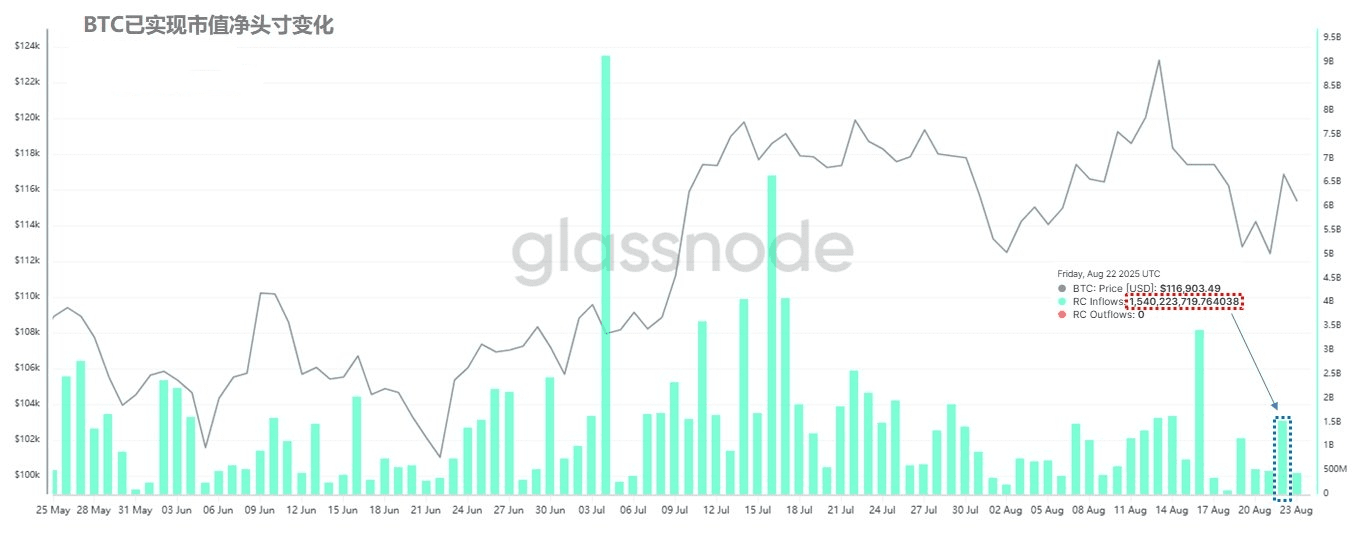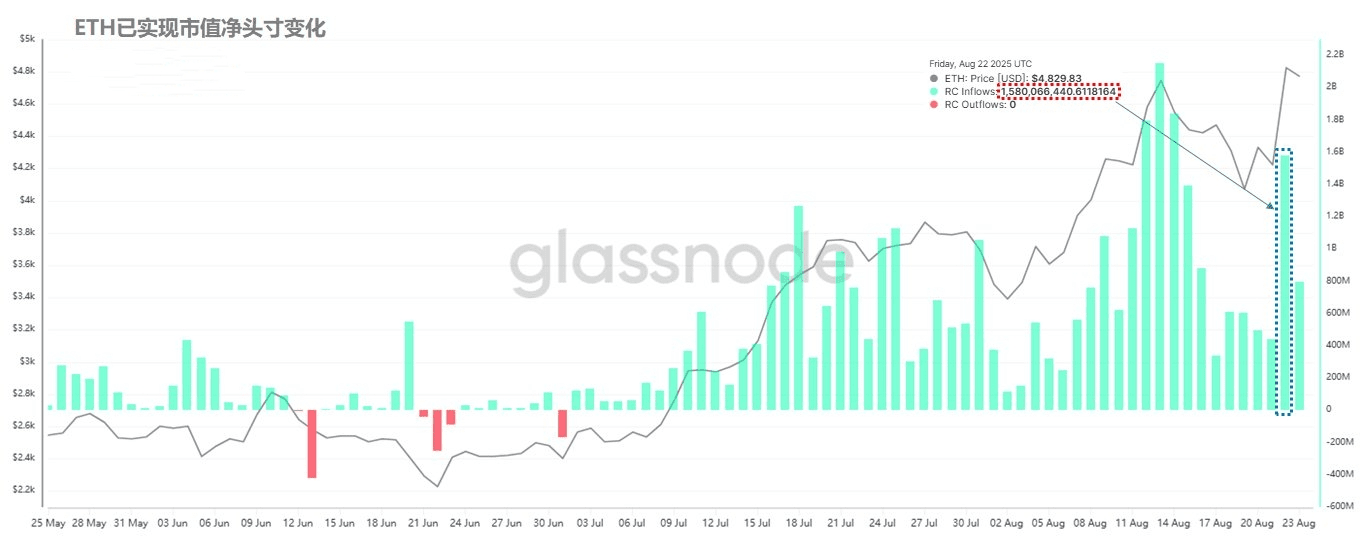Regarding the exchange rate trend of ETH/BTC, many people will think of the previous cycle's peak of 0.08. But the fact is that even if this cycle has not reached that level, ETH has still shown strong resilience. It is now able to compete with BTC in terms of exchange flow share, while the current exchange rate remains at 0.04, indicating that ETH may still need a new market narrative to drive its value reassessment.
Looking back at history, the highlights of ETH in the last cycle came from the explosion of DeFi and NFTs, but the absence of traditional financial capital limited its performance. This cycle is different, as the approval of ETFs has opened the door for traditional capital to enter. Since April, U.S. Treasury companies like BMNR and SBET have significantly increased their purchases of ETH, not only boosting market confidence but also driving ETH's transition from a 'marginal asset' to a 'mainstream allocation.'
Ultimately, the strength or weakness of the market is determined by capital. If we only rely on exchange flow, it is not enough to fully reflect capital attitudes, then the realized market value on-chain may provide a clearer answer. Data from August 22 shows that BTC's net growth that day was $1.54 billion, while ETH reached $1.58 billion. In the past, the inflow scale of BTC was several times that of ETH, but now the result has reversed, indicating that ETH is gaining unprecedented attention.

(Figure 1)

(Figure 2)
Data conclusions from different dimensions are becoming consistent: ETH is no longer the supporting role of the past. We should not speculate on the peak but rely on objective data to grasp the trend. In this new cycle, ETH is striving for its opportunity for repricing.



